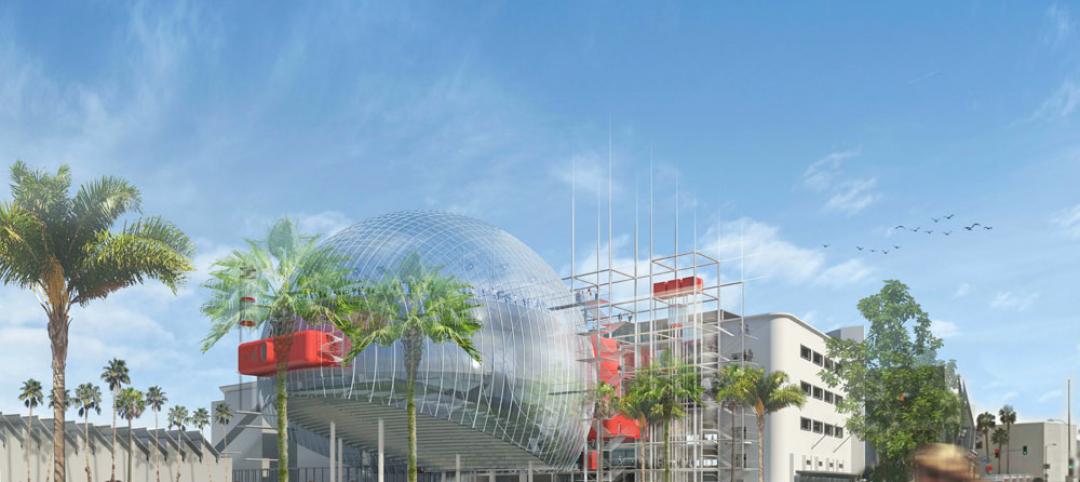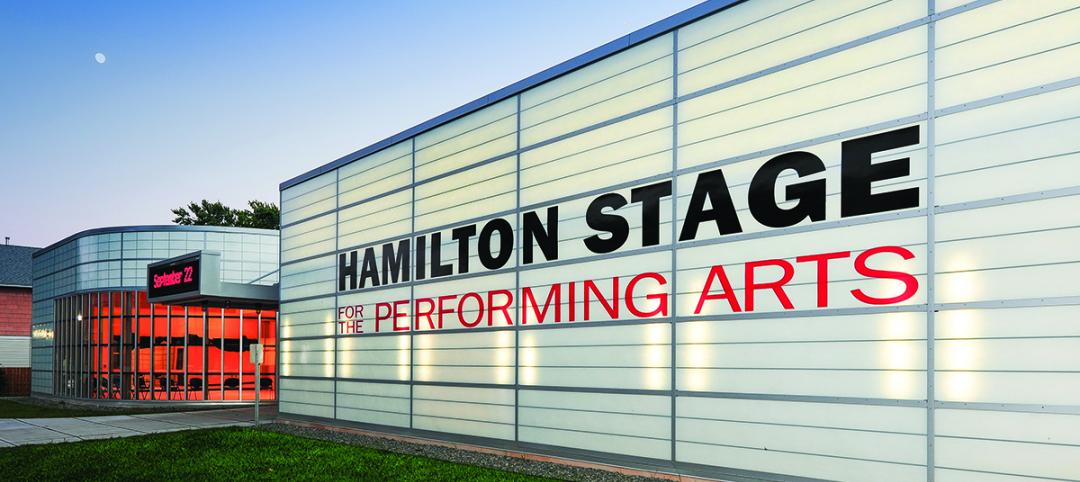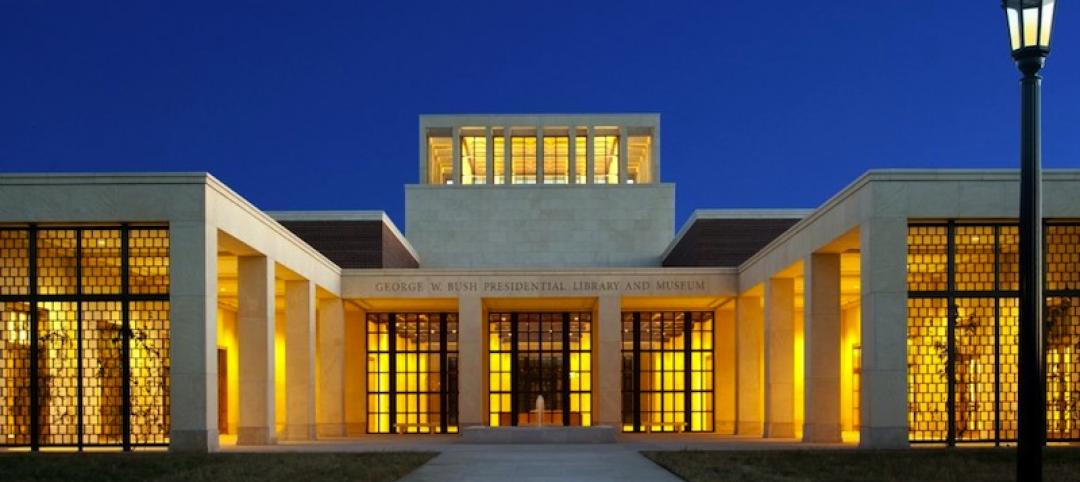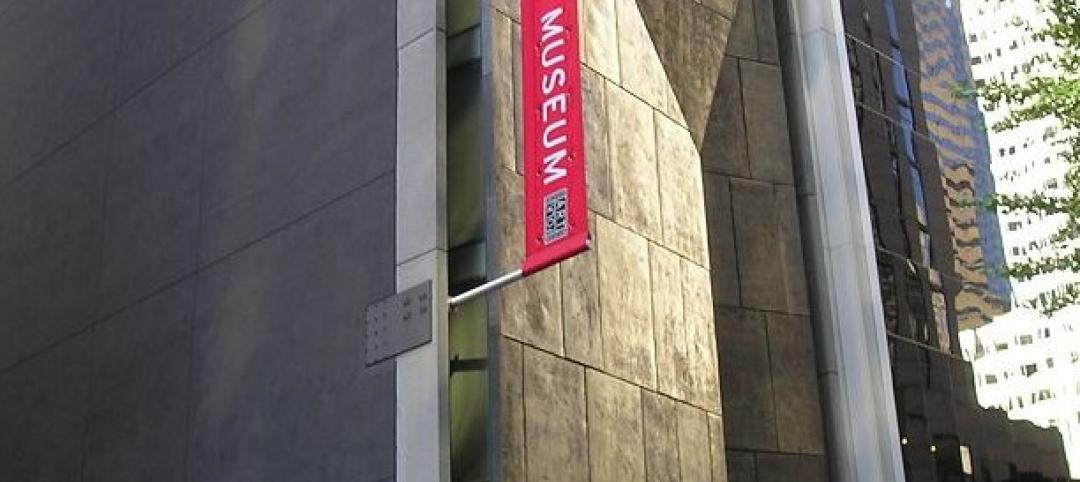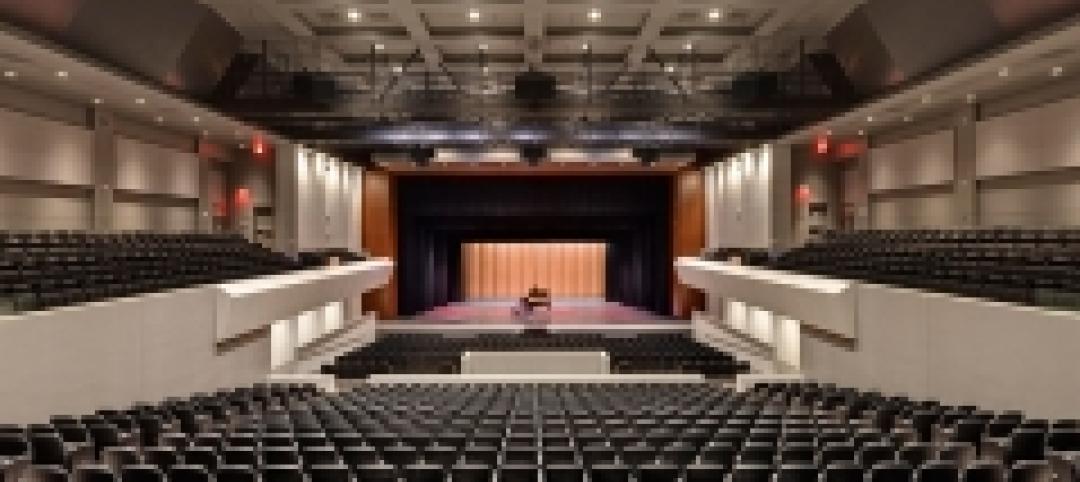When it opens in late 2025, the Home Court will be the first completed space on the Obama Presidential Center campus in Chicago. Located on the southwest corner of the 19.3-acre Obama Presidential Center in Jackson Park, the Home Court will be the largest gathering space on the campus.
Renderings recently have been released of the 45,000-sf multipurpose sports facility and events space designed by Moody Nolan. Elevate Design Builders, a joint firm led by Bowa Construction and AECOM Hunt, is the builder.
The Home Court features a regulation-size NBA basketball court with intersecting practice courts, flexible seating, fitness equipment, and training spaces. A mezzanine level provides additional seating for an intimate spectator experience. Home Court also offers multipurpose spaces for community activities.
The Home Court’s design is inspired by two of President Obama’s passions: basketball and community building. The sleek metal and glass panel exterior has been patterned to evoke a basketball net and community connection. The expansive, east-facing glass façade—fritted to protect birds by keeping them from striking it—will offer views of the campus.
“From the outset, President Obama knew he wanted our Home Court to be a place where people could come for fun, inspiration, and learning—the kind of community spaces we need in an inclusive democracy,” Obama Foundation CEO Valerie Jarrett said in a statement. “We intend for it to be an extraordinary resource to our community that will allow families to improve their health and wellness, and participate in educational and career readiness programming all in hopes of building a brighter, healthier future.”
The design aligns with the Obama Foundation’s sustainability goals for the campus. The two-story lobby will provide natural light for many of the building’s interior spaces. Like the rest of the campus, the Home Court will be heated and cooled mostly with geothermal energy, part of the campus-wide strategy to avoid using fossil fuels.
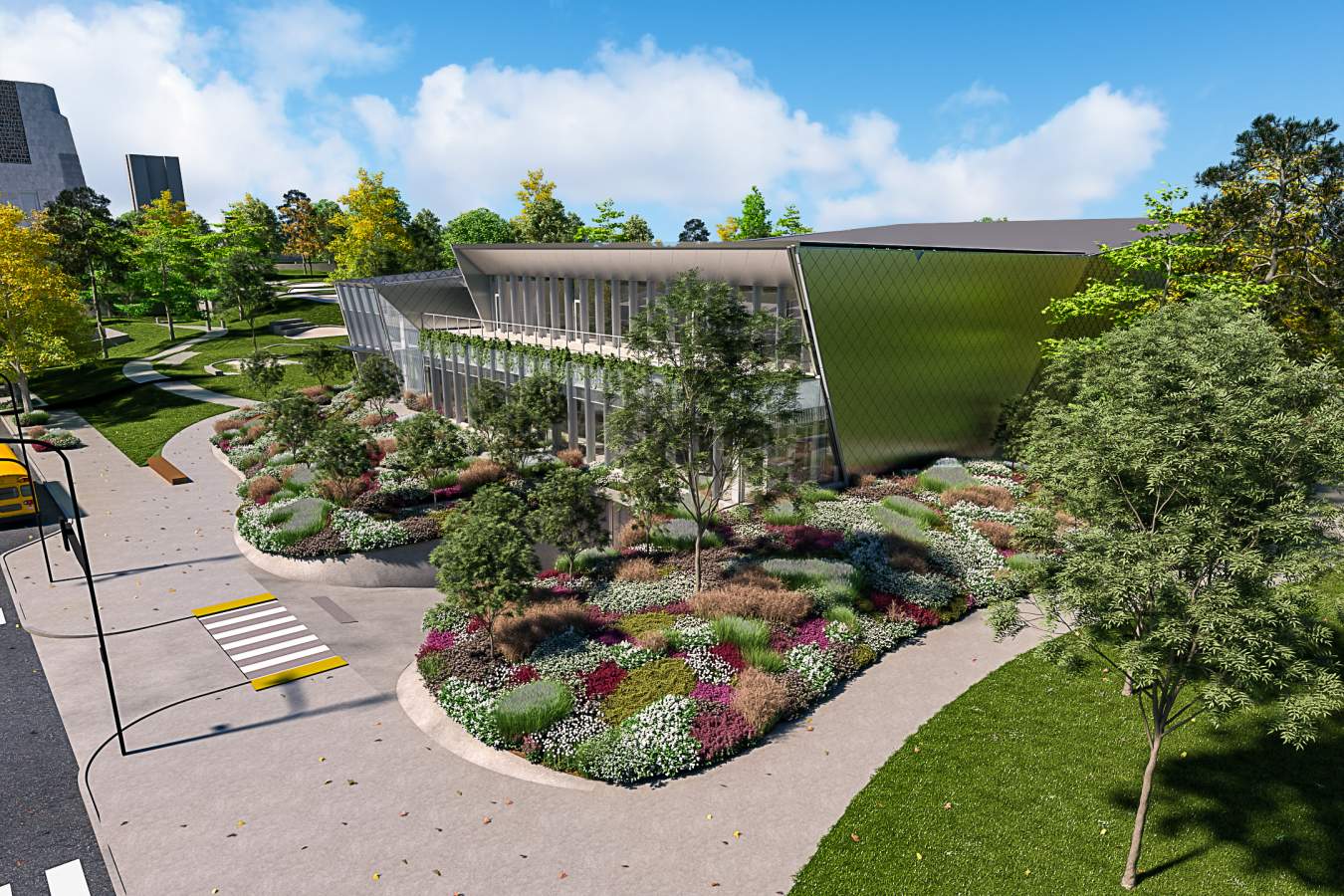
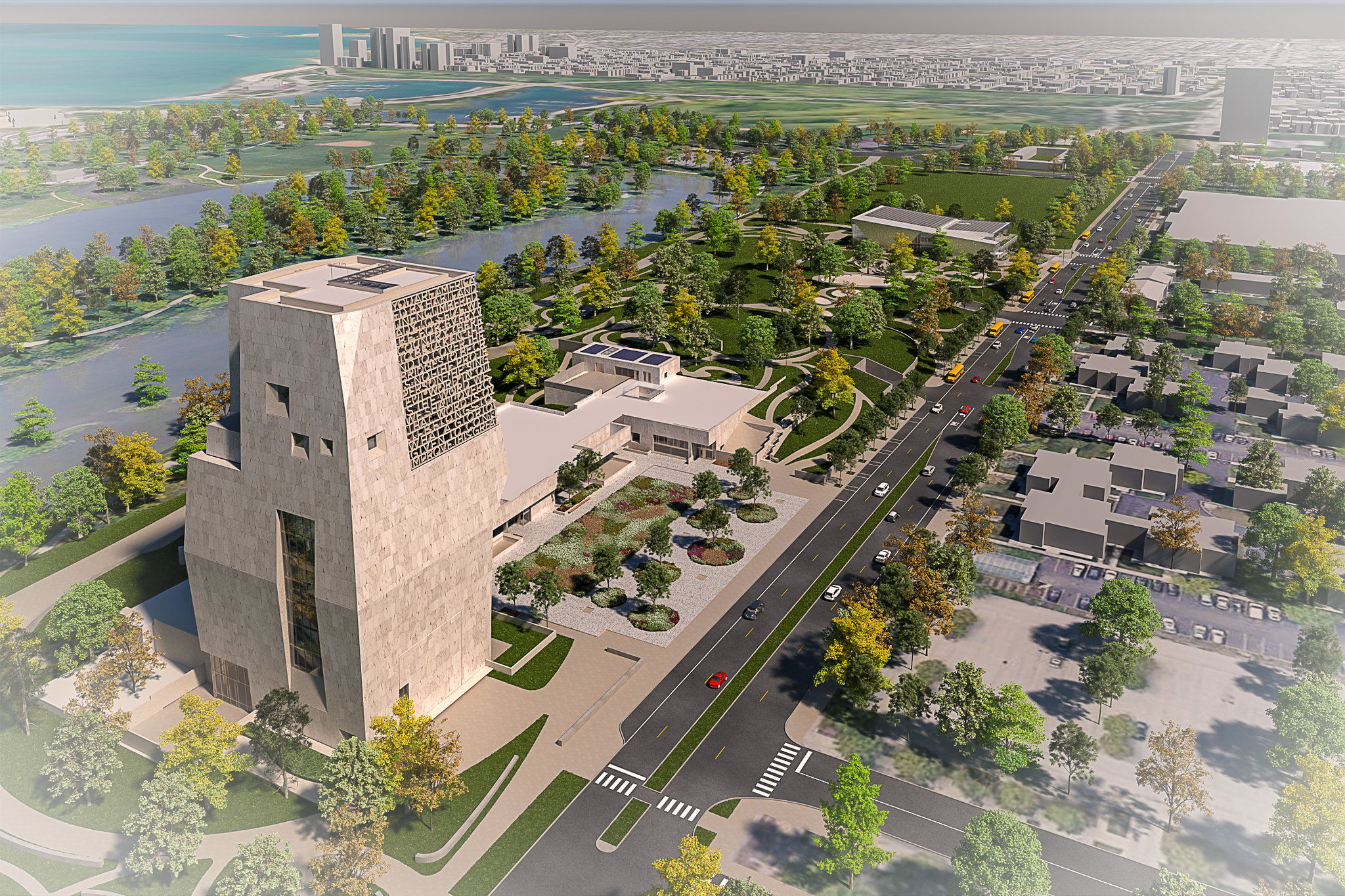
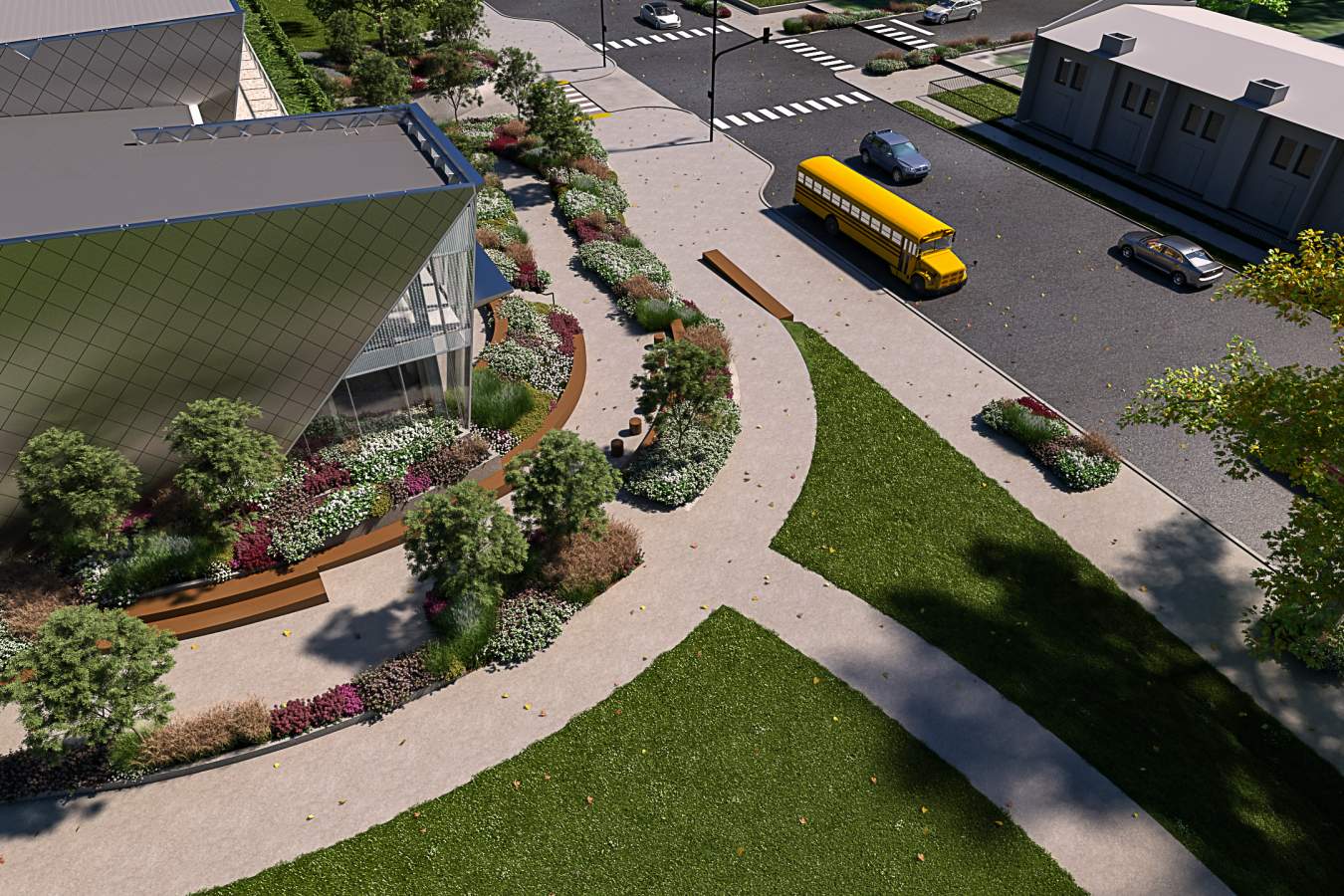
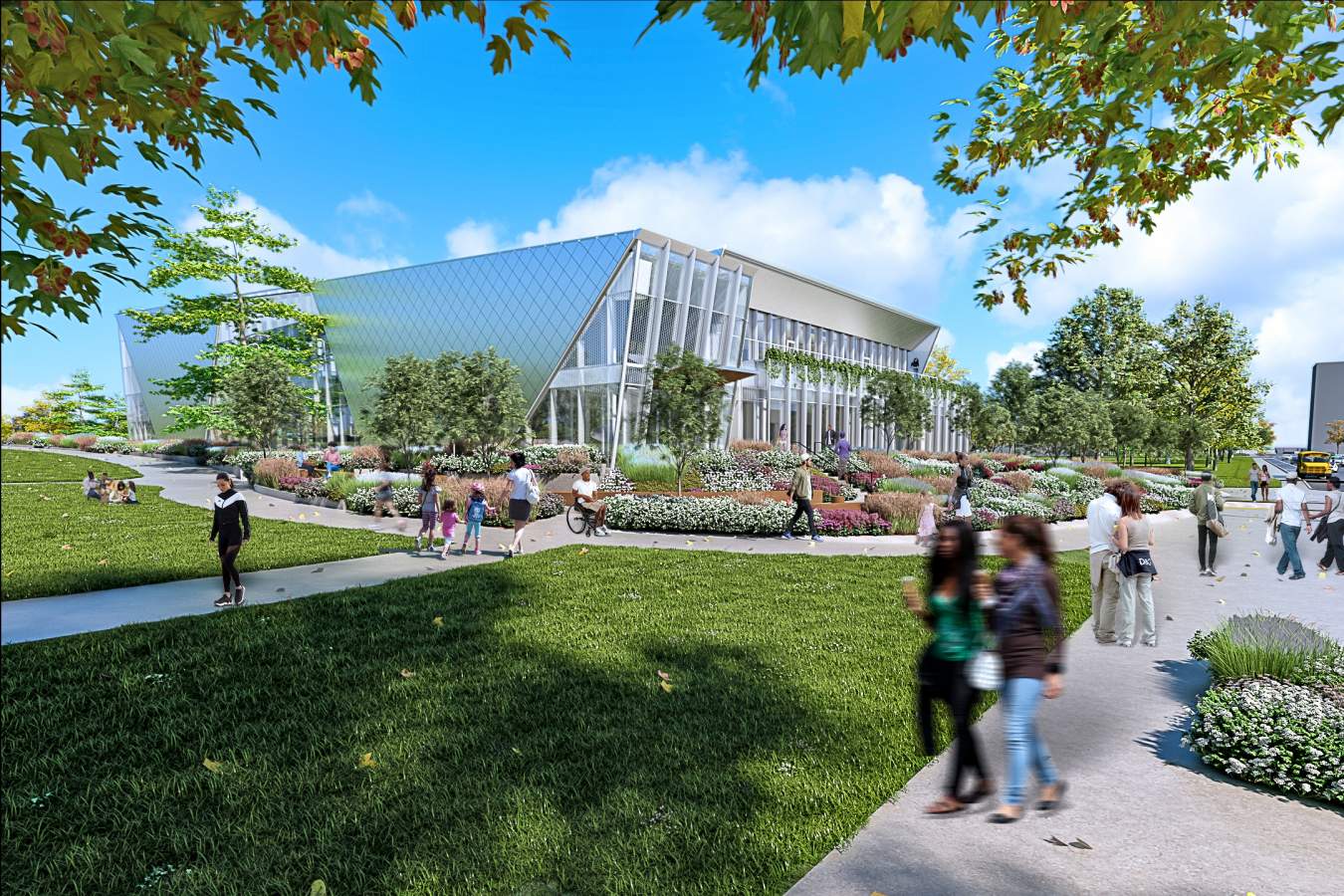
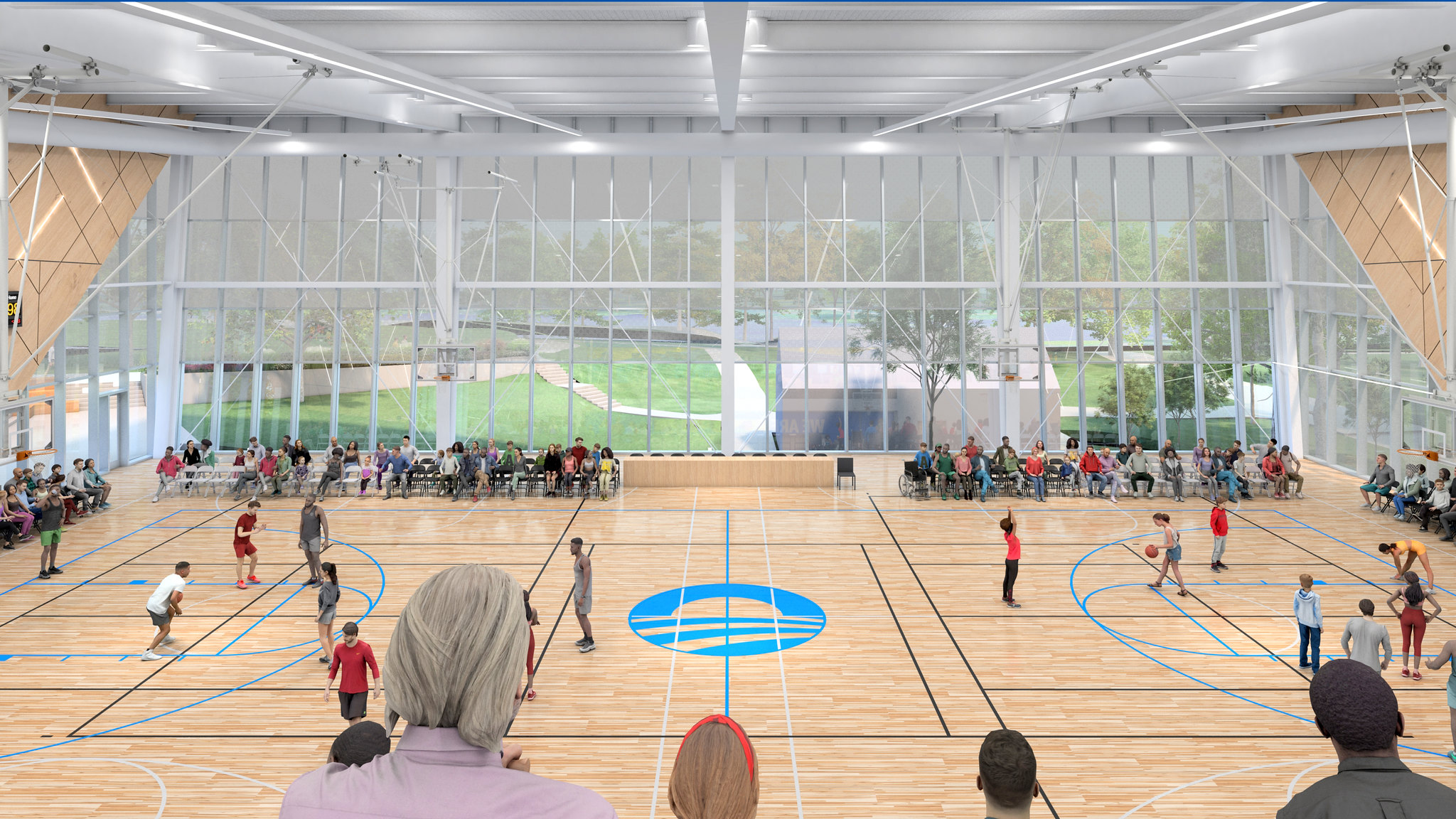
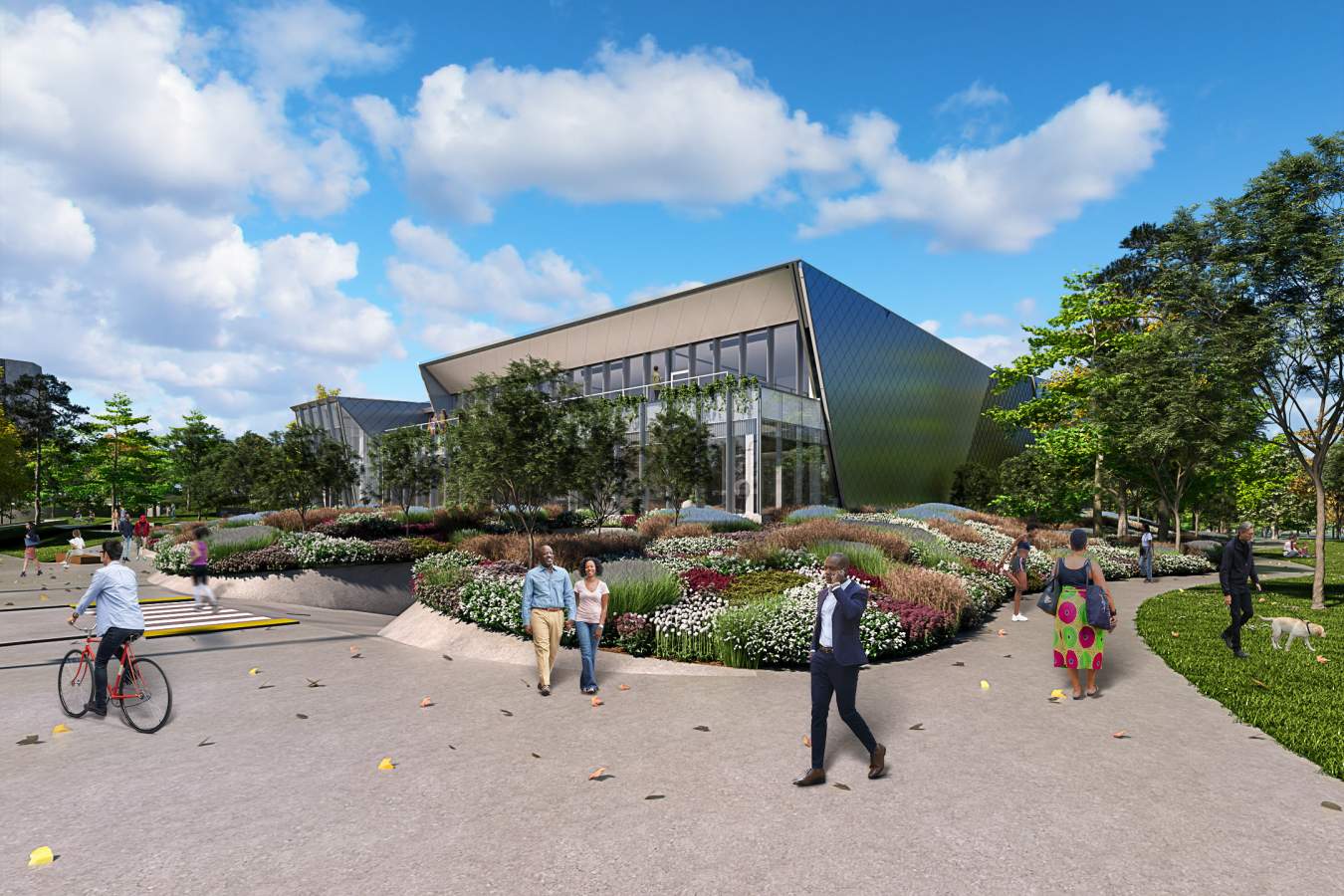
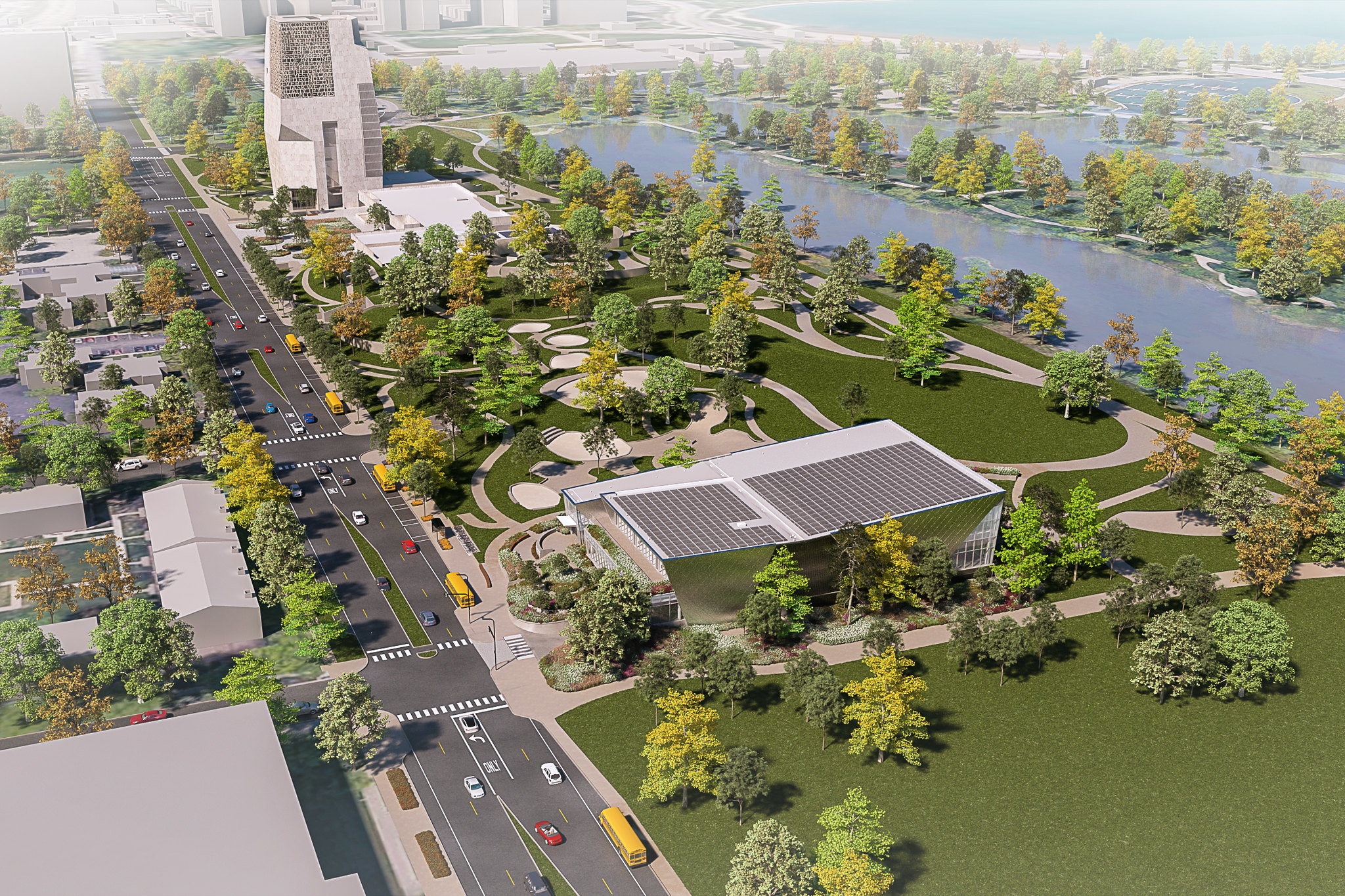

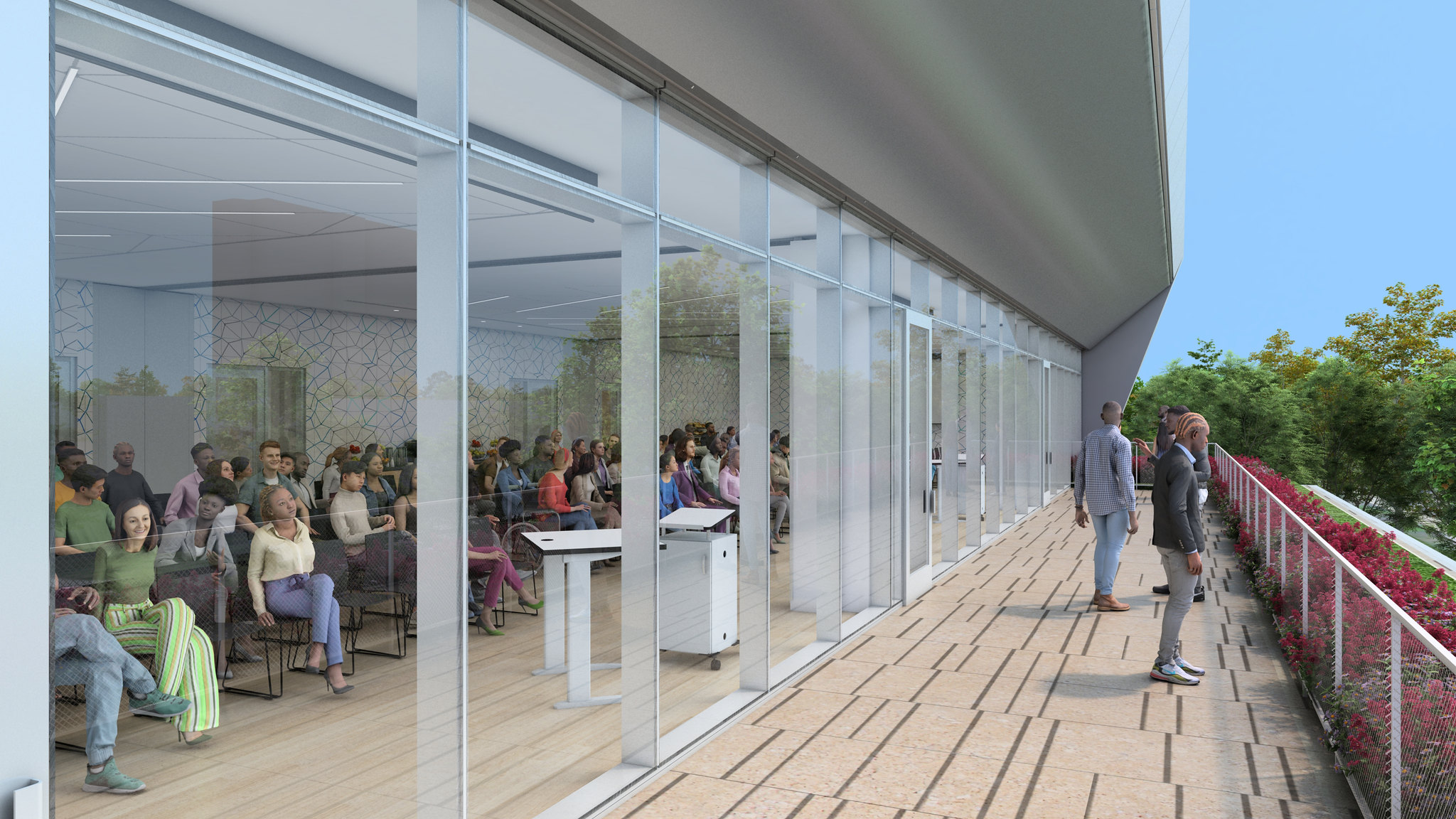
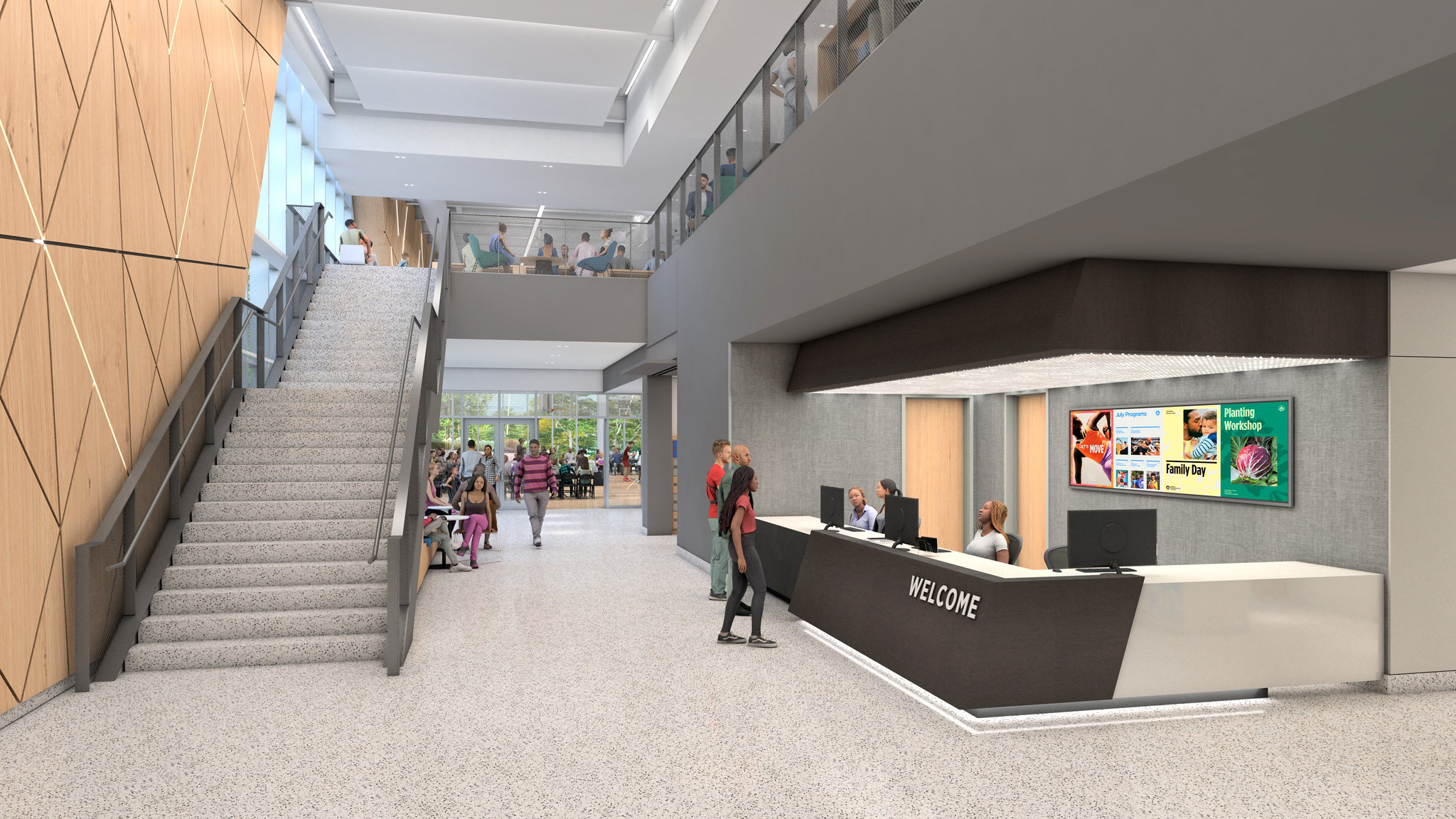
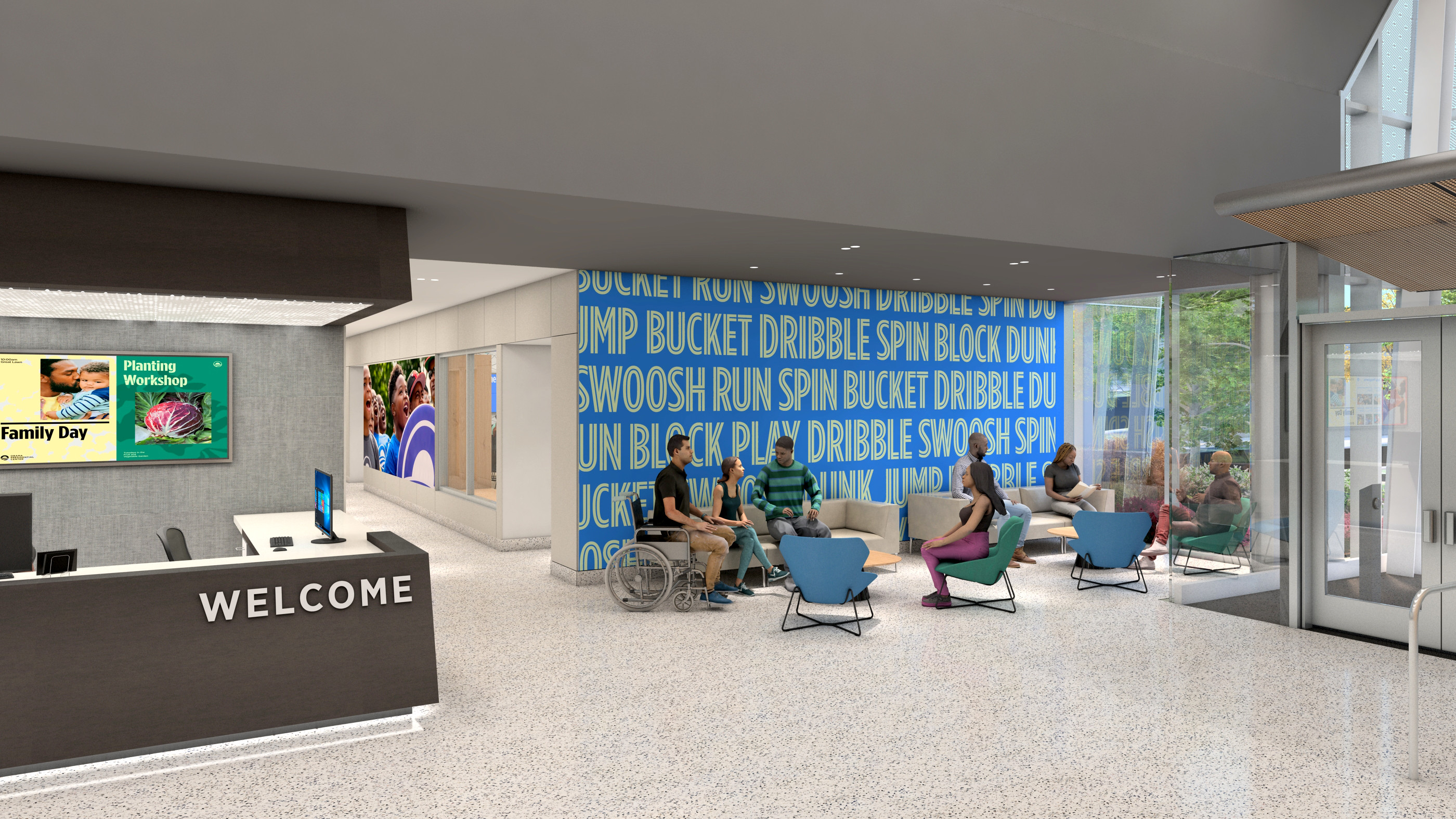
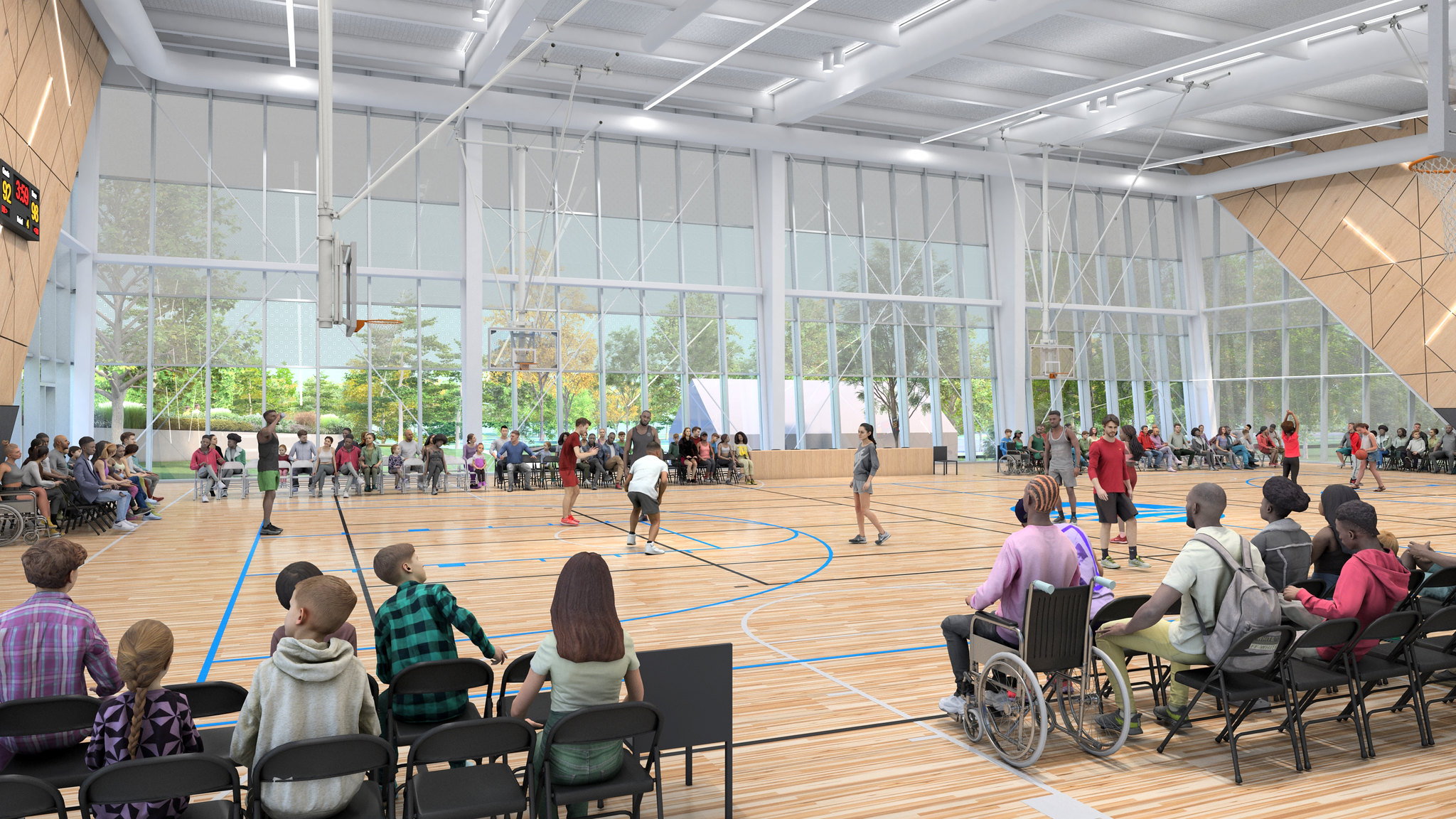

Related Stories
| Apr 17, 2013
First look: Renzo Piano's glass-domed motion pictures museum
The Academy of Motion Picture Arts and Sciences last week released preliminary plans for its $300 million Academy of Motion Picture Arts and Sciences museum in Los Angeles, designed by Renzo Piano and local architect Zoltan Pali.
| Apr 16, 2013
5 projects that profited from insulated metal panels
From an orchid-shaped visitor center to California’s largest public works project, each of these projects benefited from IMP technology.
| Apr 12, 2013
Nation's first 'food forest' planned in Seattle
Seattle's Beacon Food Forest project is transforming a seven-acre lot in the city’s Beacon Hill neighborhood into a self-sustaining, edible public park.
| Apr 12, 2013
Chicago rail conversion puts local twist on High Line strategy
Plans are moving forward to convert an unused, century-old Chicago rail artery to a 2.7 mile, 13 acre recreational facility and transit corridor.
| Apr 11, 2013
George W. Bush Presidential Center achieves LEED Platinum certification
The George W. Bush Presidential Center announced today it has earned Platinum certification by the U.S. Green Building Council’s Leadership in Energy and Environmental Design program. The Bush Center is the first presidential library to achieve LEED Platinum certification under New Construction.
| Apr 11, 2013
American Folk Art Museum, opened in 2001, to be demolished
Just 12 years old, the museum designed by Tod Williams and Billie Tsien will be taken down to make way for MoMA expansion.
| Apr 5, 2013
Snøhetta design creates groundbreaking high-tech library for NCSU
The new Hunt Library at North Carolina State University, Raleigh, incorporates advanced building features, including a five-story robotic bookBot automatic retrieval system that holds 2 million volumes in reduced space.
| Apr 2, 2013
6 lobby design tips
If you do hotels, schools, student unions, office buildings, performing arts centers, transportation facilities, or any structure with a lobby, here are six principles from healthcare lobby design that make for happier users—and more satisfied owners.



